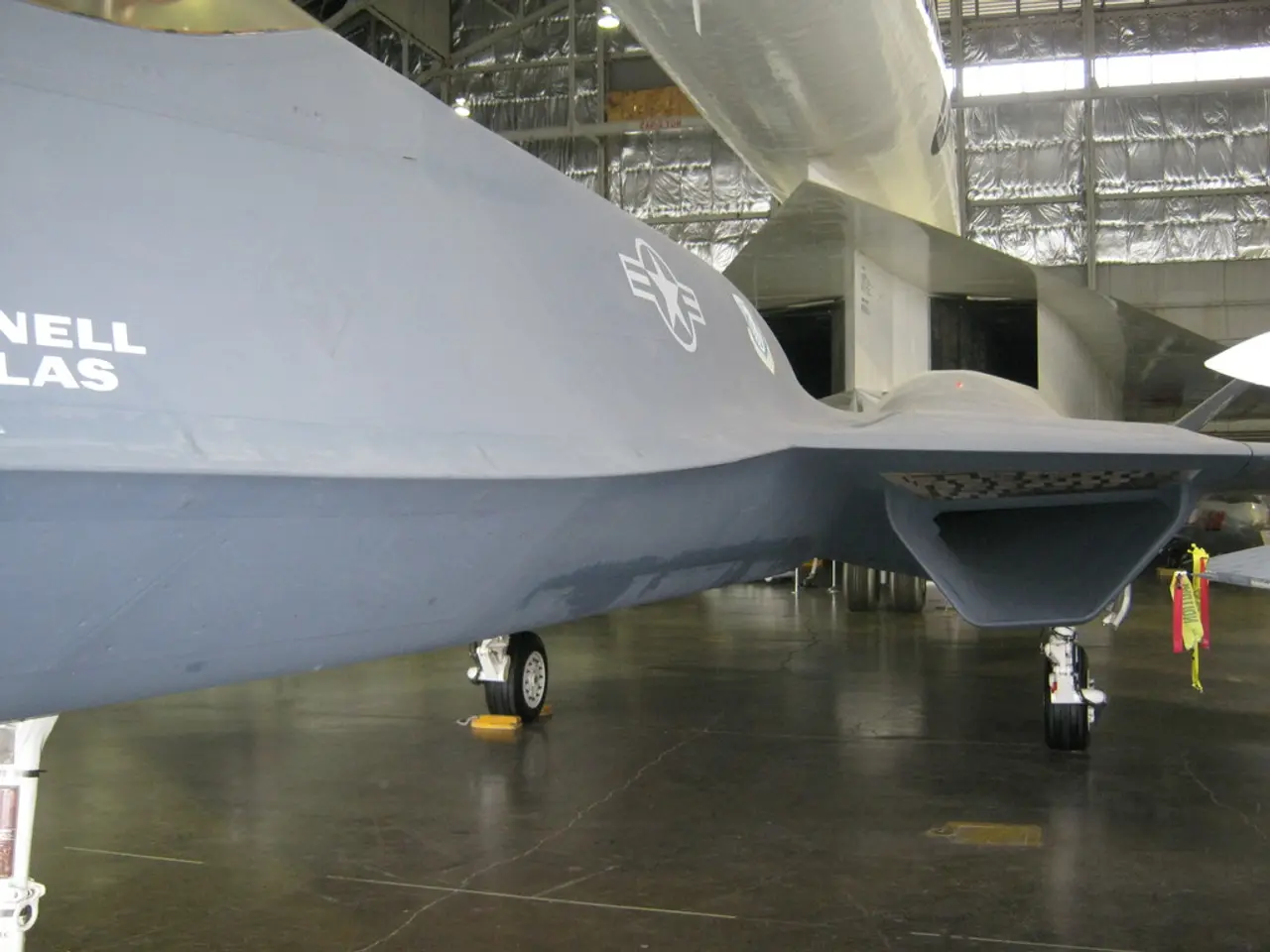Developing City: Prioritization of Forward-Thinking Aerospace Businesses in Commercial Sector
In the dynamic world of commercial aerospace, companies specializing in advanced materials and future avionics are leading the charge in growth. This is true even amidst challenges such as supply chain disruptions, labor shortages, tariffs, inflation, and rising interest rates.
In Q1 2025, the defense sector has seen a surge in demand due to global tensions, including those in Ukraine, Iran, Israeli-Palestinian, Syria, Myanmar, and concerns over Taiwan. This boost in demand is driving the need for advanced technologies in the defense sector, making defense-focused businesses more appealing. In fact, these companies are commanding premium prices compared to their commercial real estate counterparts.
Defense firms with proprietary technology and government-backed contracts are prime candidates for premium exits. Companies leveraging AI, autonomy, or hypersonic technology are particularly attractive, aligning with national security priorities. Defense companies are selling at larger multiples of EBITDA: 7.7x for $1-3 million EBITDA, 10.6x for $3-5 million, and 14.7x for $5-15 million EBITDA.
On the other hand, commercial aerospace firms are also showing strong growth potential despite market complexities. Firms innovating in high-demand areas such as advanced systems or efficient manufacturing are equally compelling. Deals such as Redwire Corp's acquisition of Edge Autonomy at 12.8x EBITDA reflect the premiums that can be extracted for companies with cutting-edge technology in the commercial space. However, commercial aerospace companies need to manage supply chain fragility and high borrowing costs.
Private equity firms are actively investing in the aerospace and defense (A&D) sector, accounting for 24% of deals in Q1 2025. They are targeting firms with proprietary tech and stable contracts, as seen in Apollo Global Management's acquisition of Barnes Group at 15x EBITDA in January 2025.
Navigating the M&A process in both defense and commercial aerospace sectors requires a deep understanding of the market's current dynamism. Firms like Alderman and Company, with partners like Bruce Andrews and Joseph Lakaj, are helping clients position their businesses to capitalize on these trends.
The US Department of Defense's 2025 budget of $849.8 billion and proposed 2026 budget of $961.6 billion are major drivers for the defense sector. However, defense companies could face headwinds if Pentagon budget reforms slow procurement or if material shortages raise costs.
In the commercial aerospace and space sector, growth is being driven by the recovery in overseas air travel, increase in OEM production, and increased space launch activity. Companies with domestic supply chains are more appealing due to avoiding risks such as the restrictions on Chinese rare earth acquisitions.
Understanding the market's current dynamism is key to taking the next set of steps in the M&A process in both defense and commercial aerospace sectors. Whether you're a defense or commercial aerospace firm, the future is bright, and the right strategic moves can lead to significant growth and success.








